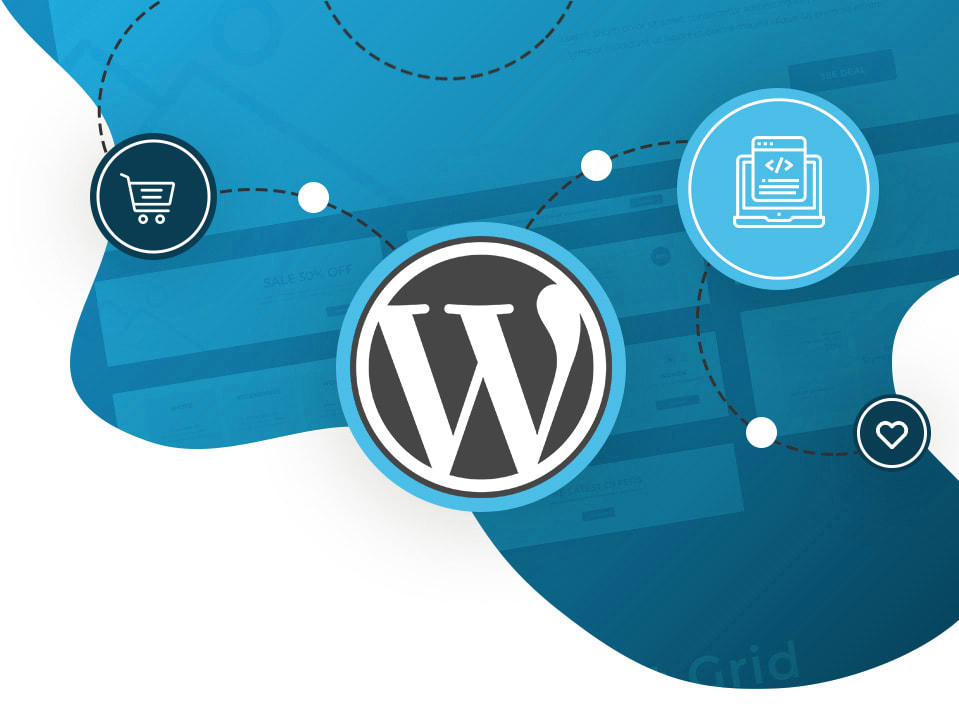Years ago, you heard marketers claiming that “email is dead,” as advances in digital communication technology continue. Fast-forward to 2020, and email is still going strong—even more advanced than before.
So, why do brands and businesses still use this channel? Email marketing is one of the best ways to tap your customers, remind them of who you are, and promote your products and services in a more personalized manner. More importantly, it helps businesses monitor and improve the performance of their campaigns with email analytics.
What is Email Analytics?
With email analytics, you can see relevant email marketing data, such as if someone has read your message, if anyone unsubscribed from your email list, or forwarded it. It also tells you which device the recipient opens and reads your message with.
Email analytics is a method that monitors and measures the way subscribers interact with your email campaigns. You can collect and review the data for every email campaign using email providers like Google Analytics.
Without email analytics, you can’t determine exactly how well your campaigns are performing and where you’re lacking. Gathering and reviewing your email marketing data allows you to see behavior patterns, strengths and weaknesses, and the basis for improvement. Moreover, it provides your subscribers with a more customized email experience.

9 Important Email Marketing Metrics to Track
Whether you’re experimenting with multimedia campaigns or sticking with standard campaigns, understanding and tracking the basic metrics can help you adjust accordingly and hit your goals. Before you send your campaign, identify your goals and figure out which metrics you should measure to determine your progress.
1. Open Rate
This is the most common and simplest email marketing metric, and it provides you information about the percentage of subscribers that open your email campaign.
Generally, open rates can tell you whether your strategy is working, as well as how effective your subject line copy is. Statistics show that the average open rate across all industries is 21.33%. If you have a campaign that got higher open rates than usual, evaluate what made it successful and use it to guide your next campaigns.
Some tips to consider when writing your subject lines are using the subscribers’ first names, creating a sense of urgency or time sensitivity, personalize based on geography, express exclusivity, using emojis and numbers, and more.
2. Click-Through Rate (CTR)
Click-through rate is another metric that shows how well your campaigns are doing by tracking how many individuals clicked on the link(s) in your email. For example, if you inserted a link in the message to redeem a voucher, the CTR would calculate the percentage of the people that clicked on the links.
CTR is a crucial metric to measure and track since it provides you valuable insight into how many people on your email list engage with and are interested in your content. You can boost your CTRs by including links across the email campaign in the right places. Make sure to place images that would stand out and a compelling call-to-action button your subscribers can click on.
3. Bounce Rate
Another important metric you should track is the percentage of email addresses that failed to receive your email marketing campaign. This can also show if you have any deep issues with your own emails. There are two types of bounces: “hard” and “soft.”
Hard bounces pertain to permanent problems with invalid, closed, or non-existent email addresses, which means emails sent to these accounts will never be successfully delivered. Meanwhile, soft bounces refer to temporary problems with valid email addresses, like a full inbox or an issue with the recipient’s server.
Too many hard bounces can tarnish your brand or business’s reputation and make it look like a spammer from the perspective of the ISP. You can decrease hard bounce rates by implementing double opt-in for email verification from subscribers.
4. Opt-Out or Unsubscribe Rate
People unsubscribing from your email list is unavoidable. Smart Insights found that the average unsubscribe rate is 0.5%. It happens even to the biggest brands and businesses. Measuring how many people opted-out of your subscription upon receiving an email from you can encourage you to do some digging and testing, especially if the rate increases.
You can review your email marketing strategies, sending schedule, formatting, and CTAs to determine any mistakes that may be the cause of the rising unsubscribe rate. You could also simply ask why they unsubscribed via an unsubscribe form that would let them pick the reason.
5. Conversion Rate
Conversion rate refers to the number of subscribers who completed a specific action after clicking on the link within your email, such as signing up for an event, requesting a quote, reading your blog post, or making a purchase. This metric calculates how effective your campaign is.
Moreover, the conversion rate provides you valuable insight into your return on investment. Seeing how many subscribers are converting and considering how much you’ve spent makes it easier to make out whether your campaign is getting the results you want.
6. Spam Complaints
Unwanted messages like spam SMS can harm your brand. This also applies to emails that get marked as spam. Take it seriously whenever you get spam complaints. Email service providers monitor spam complaints. If your spam rate increases at an alarming rate, your email service provider may block your account.
To prevent this, make sure that your email campaigns are free of technical problems and that your copywriting meets the standards.
7. Forwarding Rate
Forwarding rate or email sharing is a metric that pertains to the percentage of subscribers that share your campaign via social media or forward the email to a friend. This metric helps give you an idea about how many brand advocates you have, and it shows the percentage of the individuals on your opt-in list who share your email to other people.
Additionally, this rate indicates how relevant your campaigns and content not only to your subscribers but also their network. With 83% of consumers saying their buying decisions are influenced by word-of-mouth or recommendations, growing your brand advocates through email marketing sounds like an excellent strategy.
8. Engagement Over Time
Monitoring and tracking your engagement over time can provide you insights on the best times of day to send your emails—when it gets the highest open rates and click rates.
You can check your email service provider if it has an automation feature where you can send emails based on customer behavior or trigger. They can also collect engagement data overtime for you. Once you know the sending schedule that gains the most engagement, be consistent so that your subscribers can expect your email around those times.
9. Overall ROI
Finally, monitoring return on investment (ROI) tells you the cost-effectiveness of your email campaigns. This is a crucial metric to measure and pay attention to because when you know how much it costs to send your email campaigns and how much you earn from them, you have an idea of how much you can invest in your succeeding campaigns and estimate their earning potential.
Wrapping Up
Email marketing campaigns work well, and email analytics helps you know more about your campaigns’ performances to understand exactly how your audience is engaging with each one of yours that shows up in their inboxes.
If you’re a small business looking for financial tips to overcome COVID-19 and is running low on budget, you can reallocate your funds to email marketing to save cost while executing personalized marketing campaigns.

Author Bio:
Neil Paras is an IT director of a BPO, specializing in virtual assistance in back end operations including eCommerce content, application verification, and enterprise data management. They have been in operation for 11 years, with 4 branches in key cities. He has seen it from its first year of operation and has been key to fixing its infrastructure, and planning for its gradual increase.













Leave a Reply